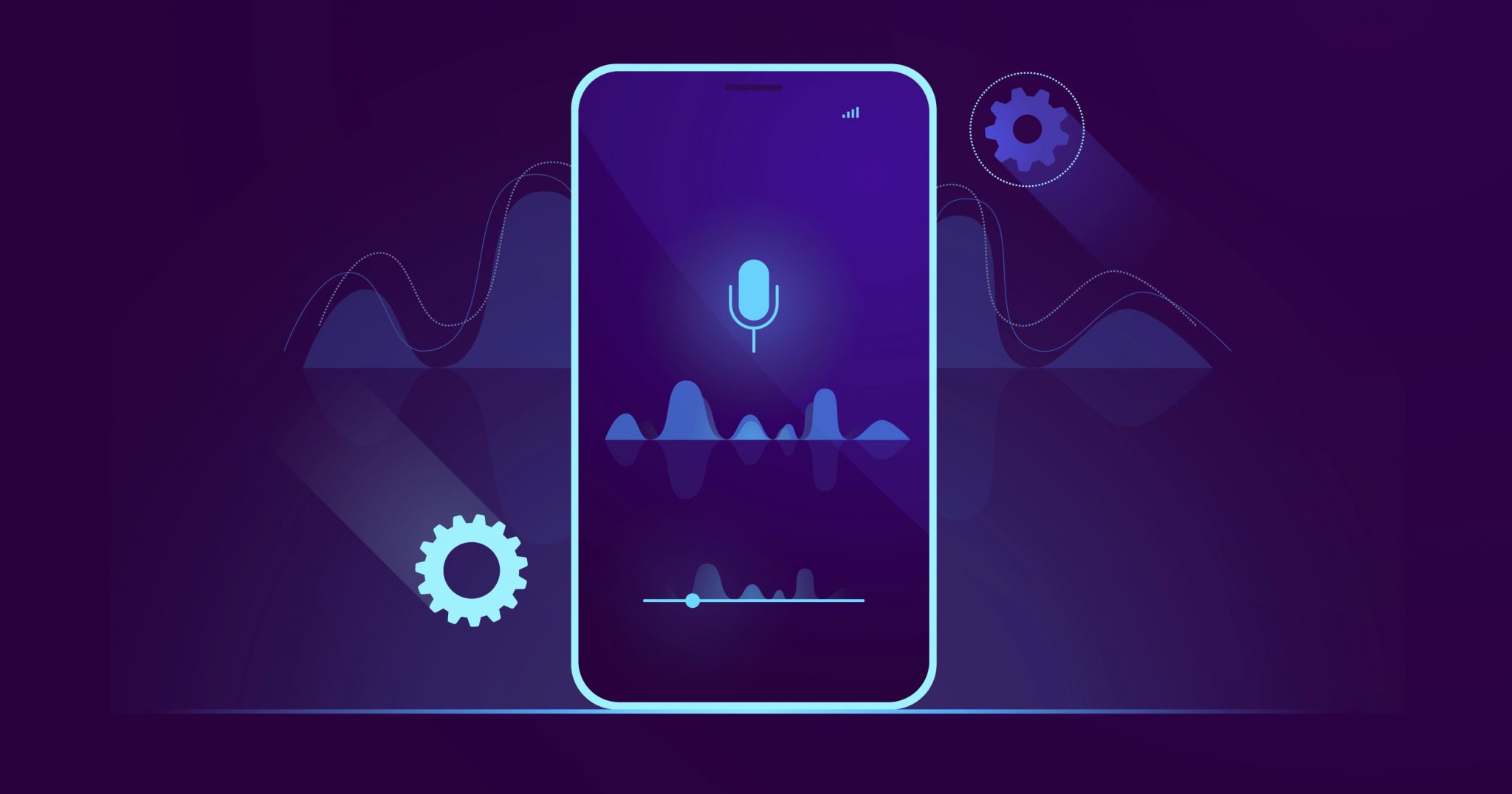
TTS Use Cases: How Text-to-Speech Can Enhance Your Business
The Text-to-Speech (TTS) is a good way for you to enhance your customer experience. It allows you to expand your services to support customers’ needs. Recent advancements in technology have made it easier than ever for businesses to use TTS. So, Let’s take a look at some TTS Use Cases.
Text-to-Speech makes your content more accessible
Let’s recap the importance of Text to Speech. First of all, it helps make your content available to people with certain challenges. These challenges could include learning disabilities, visual impairments, or literacy challenges.
Also, multitasking can also be a challenge. That’s why TTS is helpful for people on the go. In short, TTS turns text-based content into audio. Thus, it opens up more options for people with disabilities, and for people who simply face the challenge of multitasking.
Now, the most common example of TTS is making a website speech-enabled to reach more people. But, there are many other ways to use Text-To-Speech across different sectors. Let’s dive in.

TTS use cases for banking and finance
Text-to-Speech can improve the banking experience by providing services for customers who have difficulty reading screens. One of the most apparent examples is how it can help customers at ATMs. For example, step-by-step audio helps users withdraw cash, make deposits and check account balances.
Text to speech can also help your customers have a better mobile experience. Speech-enabled services like checking balances or stock prices are really helpful for people on the go. And, you can even enable things like voice-based stock market notifications.
TTS use cases for the health care sector
Support elderly or vulnerable patients should be a focus for many businesses. This is especially true for those in the health care sector. Enabling voice messages can make it easier for elderly people to understand your message. Text-to-Speech can provide peace of mind by empowering you to give better services. For example, you can use appointment reminders to remind patients of upcoming appointments. Or, you could even send voice messages that read prescription labels.
For the visually impaired and elderly, reading labels can be a real challenge. Sending voice messages to patients will help them understand dosage amounts and times. Also, consider options like voice feedback from health monitors, medical devices, and more.
Text-to-speech in transportation and travel
Again, TTS is great for people on the go. It can help provide passengers with the information they need to safely reach their destination. Passengers on the move need real-time information, and voice announcements can help. Voice notifications about fight changes or delays help you deliver an experience that makes you stand out.
TTS in advertising
Finally, let’s talk about TTS in marketing. Apps can actually make calls to everyone who needs to know about a promotion or event. And, personal voice can be sent to many people at the same time.
So, how does it work? The customers’ app plays a recorded or text-to-speech message to convey the alert. This personal touch could help you break through the clutter of text messages and emails. When it comes to advertising, reaching customers on their preferred channels and via their preferred method is key. Testing out TTS is a great idea for companies looking to stay ahead.

Getting started with text-to-speech
Are you ready to scale your global voice? TTS is thriving worldwide, and is expect to witness significant growth in 2022. Don’t get left behind.
Routee has the solutions you need to promote offers and discounts with personalized voice messages. With Routee’s extensive language coverage you can speak to customers all over the world. What’s more, you can connect to them in their native language.
